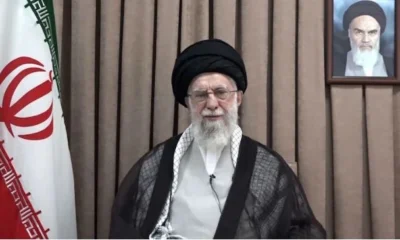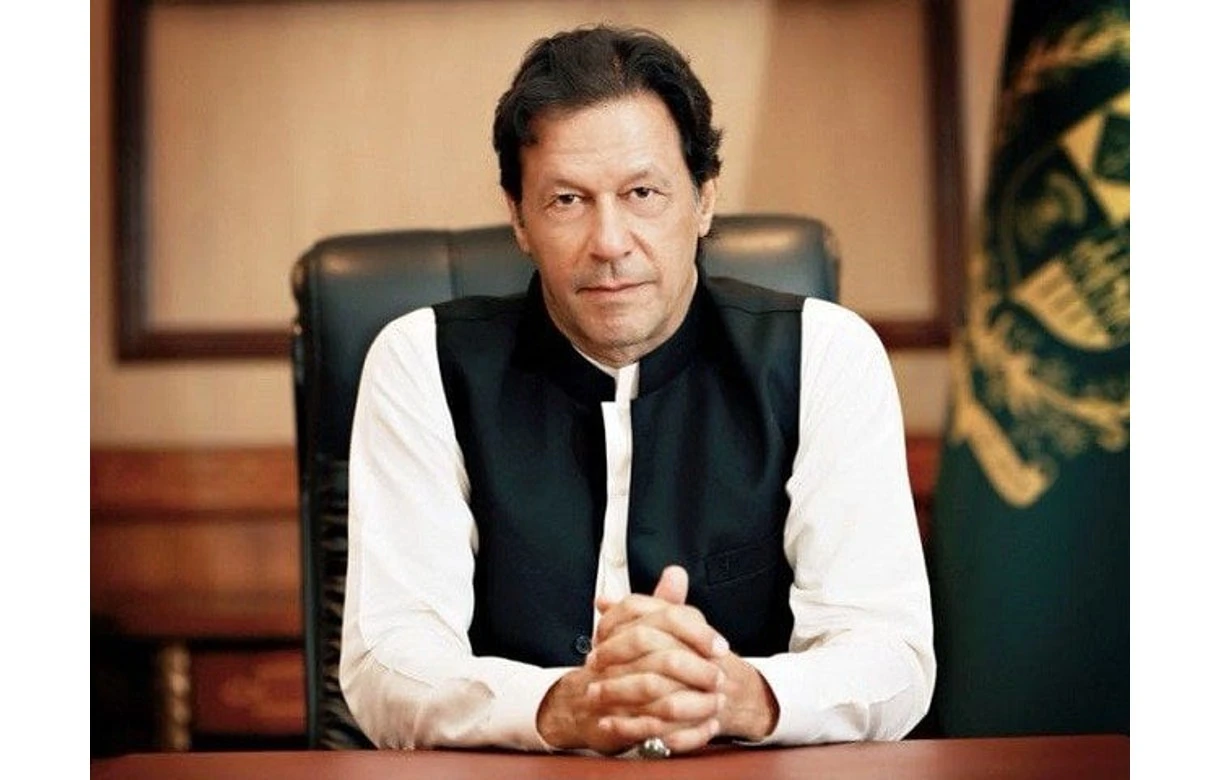Latest world news
Trump’s pull out of Iran N-deal may escalate oil prices

Latest world news
Asim Munir appointed Pakistan’s first Chief of Defence Forces, to serve 5-year term
Field Marshal Asim Munir has been appointed Pakistan’s first Chief of Defence Forces, consolidating top military authority under a new constitutional amendment.
Latest world news
Imran Khan accuses Asim Munir of mental torture, says sister after rare jail meeting
Imran Khan has alleged “mental torture” inside Adiala Jail, according to his sister who met him after weeks of blocked access. The family claims authorities are withholding information about his condition.
Latest world news
Trump pledges permanent pause on migration from Third World countries in Thanksgiving message
US President Donald Trump declared that migration from all Third World countries will be permanently paused, criticising current immigration policies and announcing measures to remove non-citizens who he says do not benefit the US.
-

 Entertainment11 hours ago
Entertainment11 hours agoDhurandhar review: Ranveer Singh roars back, Akshaye Khanna shines in intense spy thriller
-

 India News17 hours ago
India News17 hours agoIndiGo flight chaos deepens as over 500 services cancelled, passengers stranded for hours
-
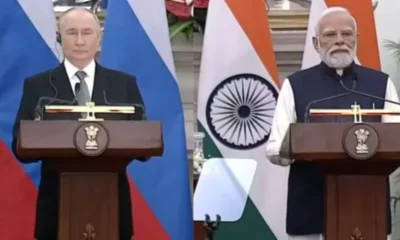
 India News11 hours ago
India News11 hours agoIndia and Russia vow to walk together against terrorism, reaffirm strategic partnership
-
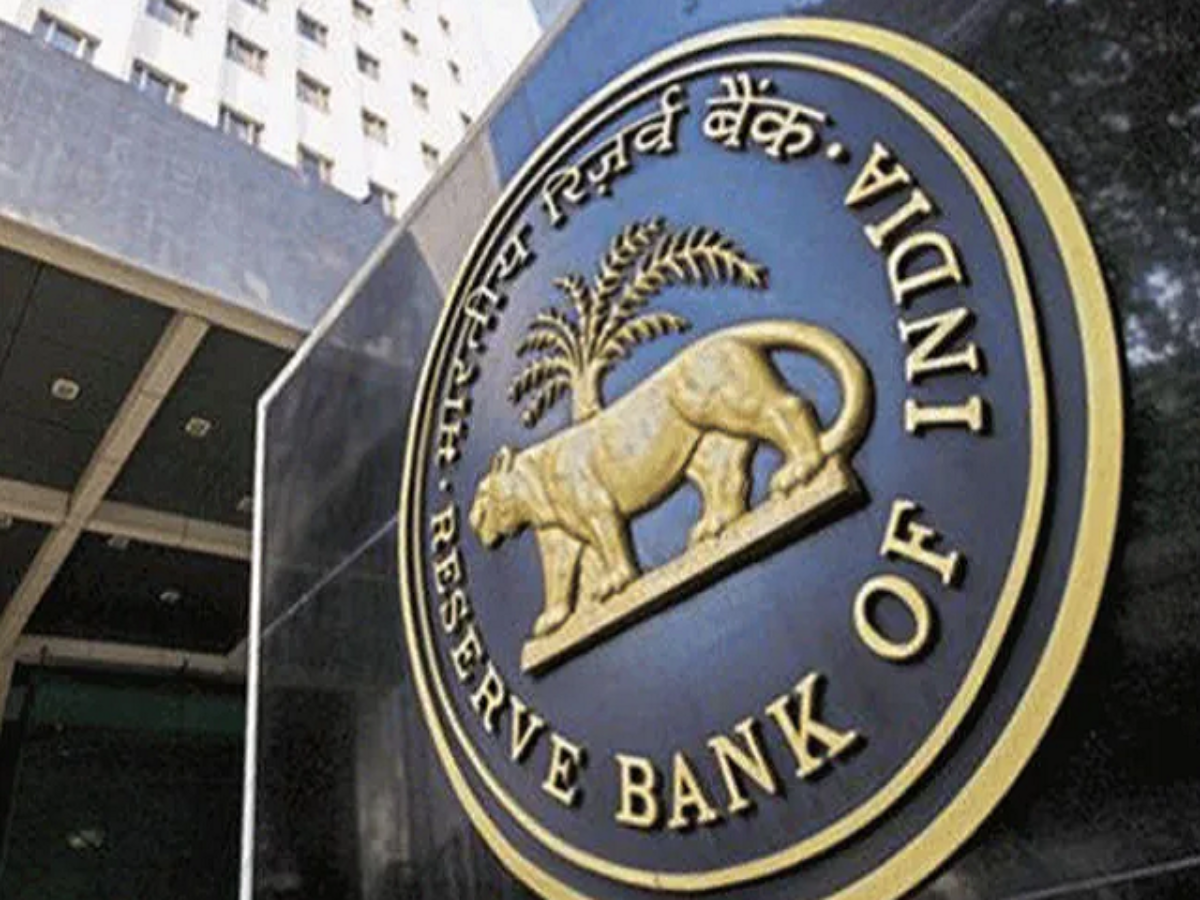
 India News16 hours ago
India News16 hours agoRBI cuts repo rate to 5.25%, paving the way for cheaper loans
-

 Latest world news16 hours ago
Latest world news16 hours agoAsim Munir appointed Pakistan’s first Chief of Defence Forces, to serve 5-year term
-

 India News6 hours ago
India News6 hours agoSimone Tata passes away at 95: A look at the visionary who shaped Lakme and modern retail
-
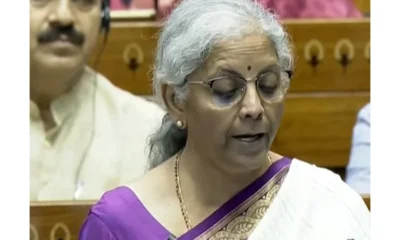
 India News6 hours ago
India News6 hours agoLok Sabha clears bill to levy cess on pan masala and similar goods for health, security funding
-

 India News6 hours ago
India News6 hours agoCentre orders probe into IndiGo crisis, expects normal flight operations in three days





